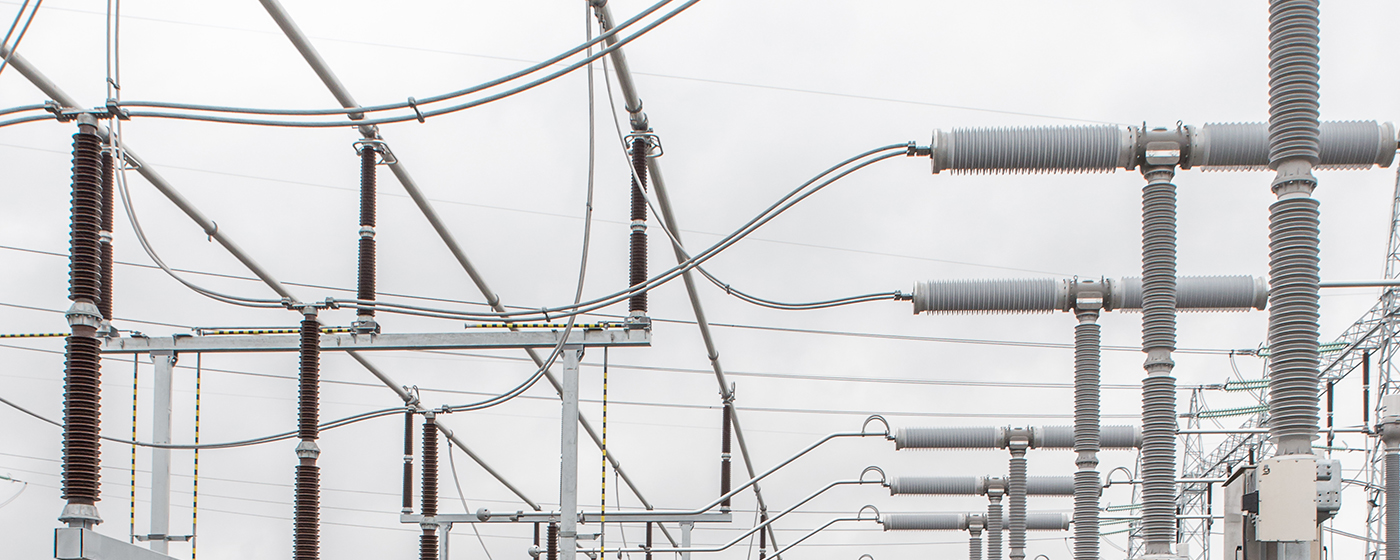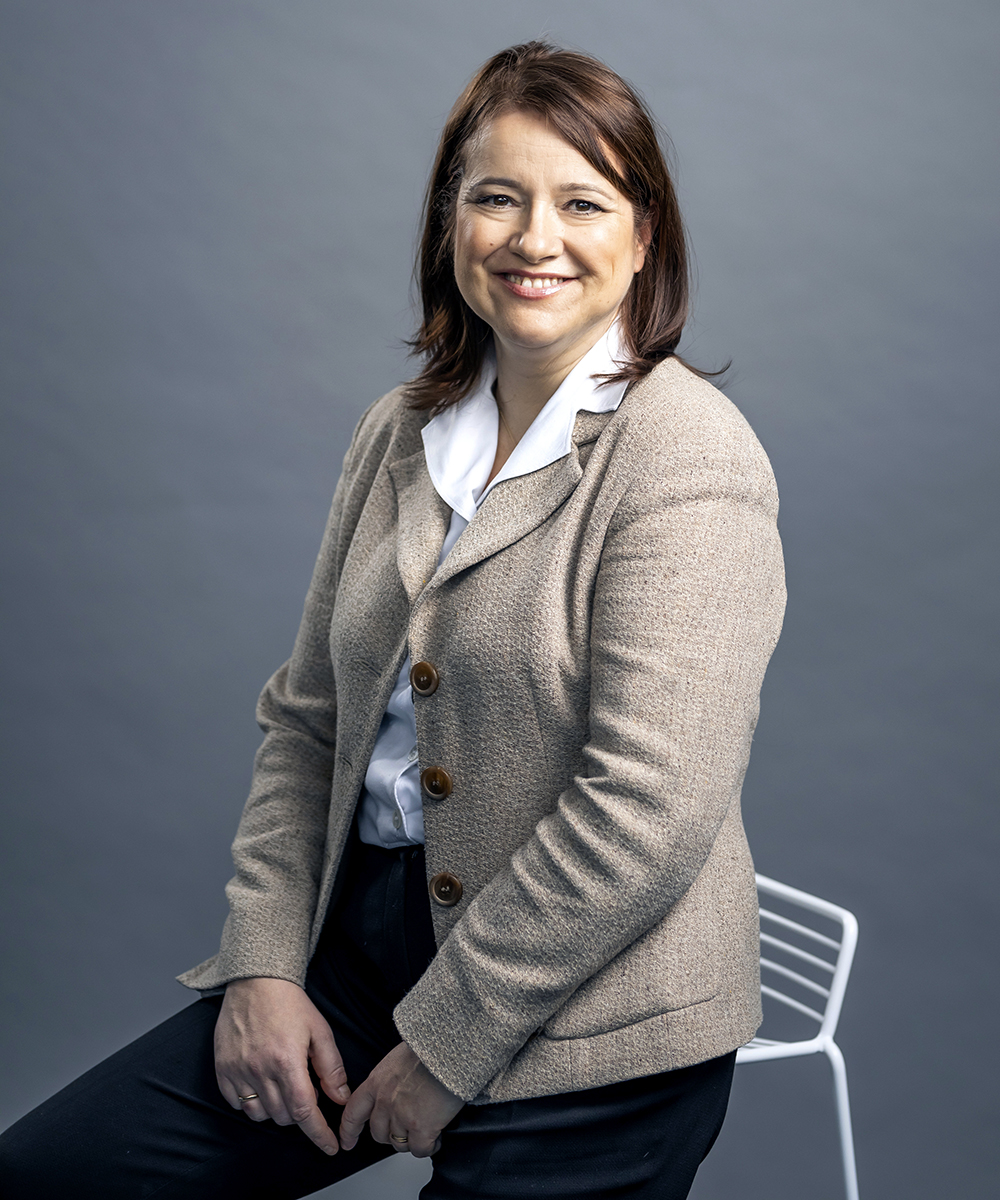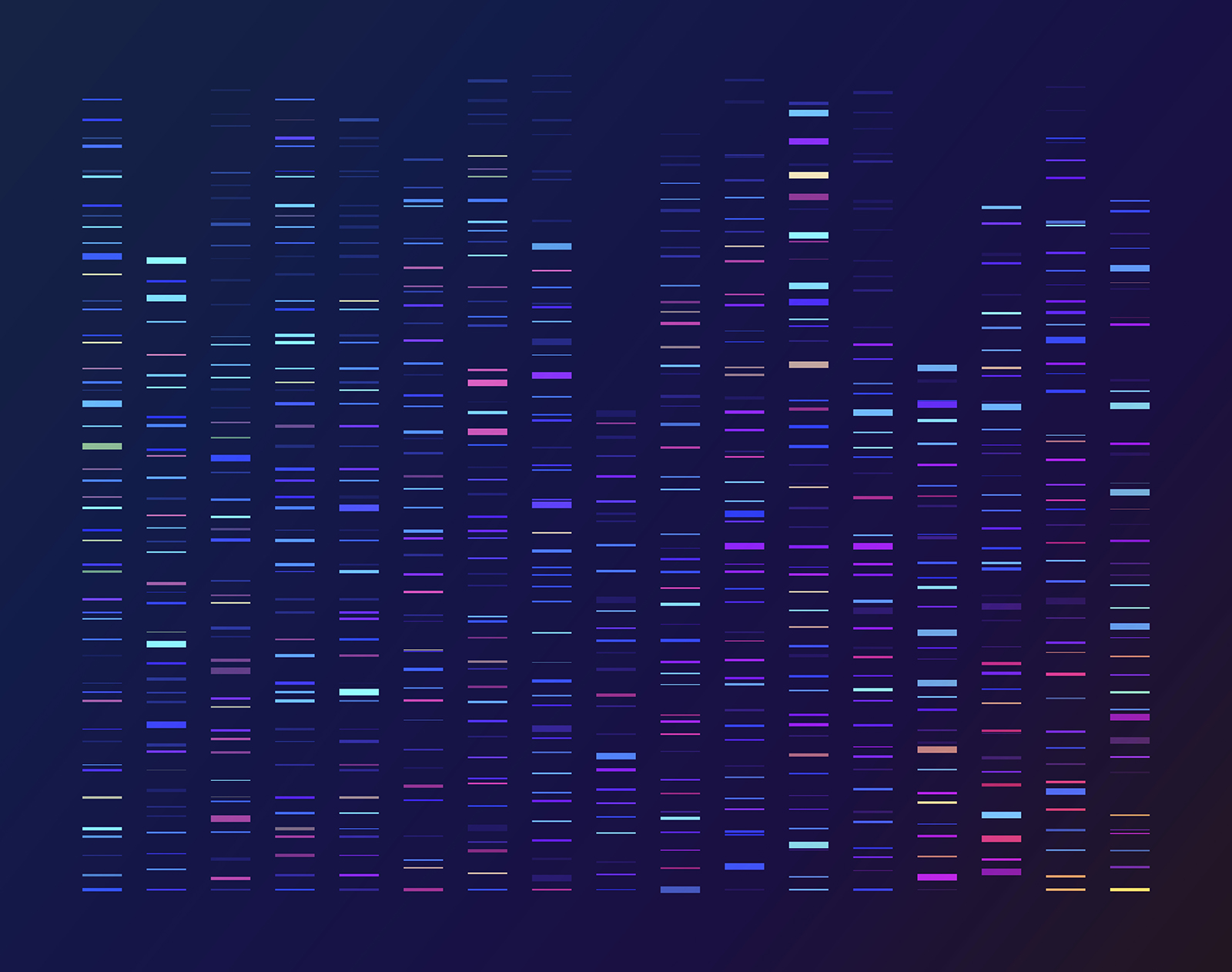The Tuomela substation in the municipality of Ii is currently the site of a pilot project studying the operation of fuel cell technology and its suitability for use in ensuring the functionality of 400 kV substations on the main grid.
The fuel cell starts up automatically when the system detects a sufficiently long outage in the supply of electricity to the substation for the operation of its components. This ensures the availability of the critical functions required to restart the station in the event of a disturbance.
Fingrid’s partner on the pilot project is Leppäkosken Sähkö, which has built and supplied the substation with a fuel cell container.
Energy from water and methanol
Kari Ahola, a Specialist from Fingrid, says that the fuel used in the methanol fuel cell is a mixture of water and methanol.
“In comparison with hydrogen fuel cells, the advantage of methanol fuel cells is that liquid methanol can be shipped and stored in canisters rather than hydrogen gas cylinders,” Ahola says.
He says that the system can be monitored and tested remotely, which improves the reliability of the fuel cell solution. A remote viewing connection enables the user to see the status of the equipment and any alarms.
“And even if the remote connection is not working, the system is capable of starting up automatically.”
Pilot project yields good results
The pilot project is related to the new network code, which is due to take effect in the EU. The code requires significant substations and power plants on the main grid, regional grids and distribution networks to offer 24-hour operation in the event of an outage in the main external supply of electricity. This requirement must be met by 18 December 2022.
The back-up system must ensure the operation of the essential functions required to restore the power system. These include communication connections, remote control of switchgear, essential measurement and status data, and control centre functions.
The new network code is challenging for some of the auxiliary power systems with battery back-up in current substations.
“In a small proportion of substations, it may be challenging to incorporate batteries that are large enough, mainly due to the small sizes of battery rooms. In cases like these, fuel cells may be a good alternative to diesel generators installed outside the substation,” Ahola states.
For this reason, new solutions like fuel cell technology are being sought.
The pilot project at the Tuomela substation began last spring. Ahola says that the experience he has gained so far has been positive.
“We estimate that fuel cells could charge the batteries in a substation for about 100 hours without refuelling, so the solution comfortably satisfies the new regulations.”




